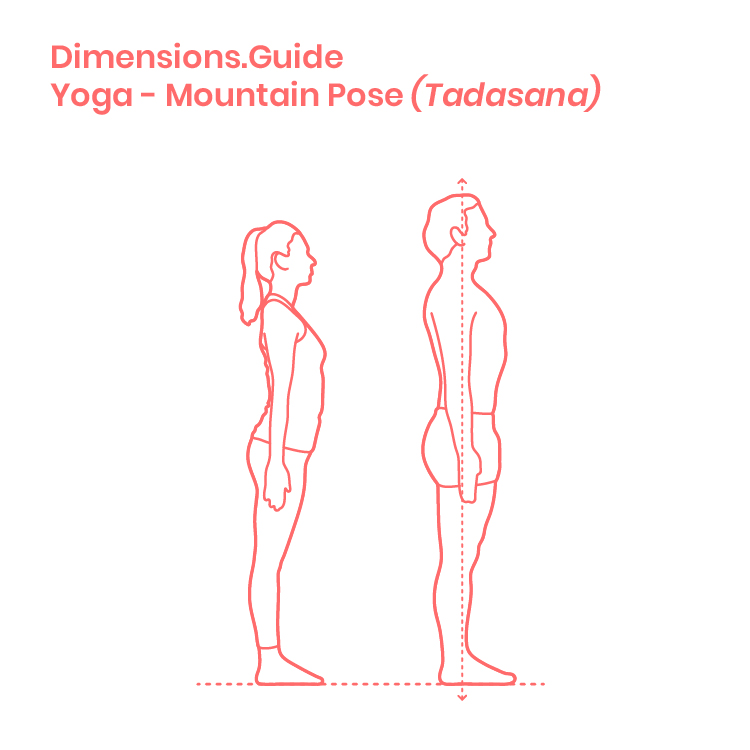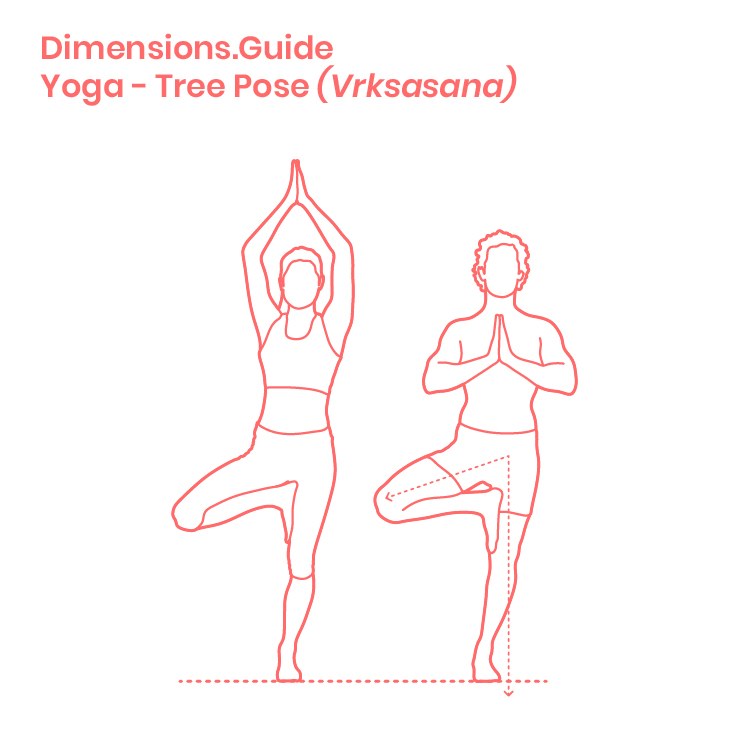
Were you born with a spinal disorder known as Scoliosis? Or the condition developed as a result of degenerative changes in the spine?
Along with causing intense back pain, Scoliosis also makes it challenging for a person to perform day to day activities like walking, running, sitting upright on a chair, doing chores, etc. This is really one of those conditions which if left untreated can land you into a lot of trouble in the future.
Some people are born with it while others develop this condition(during puberty or in their adulthood)as a result of idiopathic causes, cerebral palsy, spinal cord trauma, muscular dystrophy, spinal muscular atrophy, and spina bifida.
In children, Scoliosis gets diagnosed before or around age 11. However, adults are likely to develop this disorder at any age in their life. Even the elderly develop Scoliosis as a result of degenerative changes in their spinal cord. In some cases, it is also found to be progressive. So, the earlier you diagnose Scoliosis, the more choices you will have, treatment-wise.
Can a person with Scoliosis perform all the asanas? Is it safe to do yoga for someone with Scoliosis?
Since years, yoga has been one of the best non-surgical non-medical treatments for Scoliosis. A person with a mild curve in their spinal cord will have no problems performing several of the yoga asanas. A person with a spinal curve up to 30 degrees can easily is considered to be in the early stages of Scoliosis. So, this is the best time to begin practicing a tried and tested treatment method like yoga.
Having said that, if the curve progresses beyond 30-40 degrees, it is advised to consult your physician before diving into a treatment program like Hatha yoga or Iyengar yoga. Better safe than sorry!
According to a report by HudsonValleyScoliosis, Scoliosis is common within children who perform acrobatic activities like ballet dancing, competitive swimming, and rhythmic gymnastics. Performing these strenuous activities put severe pressure on the midsection of the spinal cord. As a result, to sustain the burden it bends to form a curve. Scoliosis yoga also involves thoracic backbends. Hence, it is essential to be cautious while performing back bending poses.
What are the best yoga poses for Scoliosis?
1) Mountain pose (Tadasana)
This is the most basic pose in yoga. As the name suggests, you are required to stand straight and appear like a mountain. From the picture below, it may look easy but there are a lot of details you need to focus on.
To begin with, stand straight with both your toes feet apart, keep your shoulder wide apart, chest bulging forward, and look straight with your neck slightly upwards. You can keep your palms open or just let them hang naturally.
Perform 3-4 sets of mountain pose or Tadasana spending 60-80 seconds on each set. You can also hold the pose longer if you are an intermediate or an experienced yoga practitioner.
Moreover, you can also add variations to this foundational pose. Open up your chest and shoulder even further by turning your palms forward. Or use a wall for support. Standing in alignment with a wall will help you straighten your curved spine.
2) Tree Pose (Vrksasana)
Tree pose is a bit more advanced than the mountain pose as it involves both standing and balancing. Along with strengthening your spine, a tree pose also works on other areas like hips, knees, and ankles. The main purpose of a tree pose is to increase your ability to balance on your feet and also to make you more focused.
To perform a tree pose, plant your right feet firmly in the ground and lift your left leg upwards towards the hips. Next, turn the left leg sideways and open up your hips. Try to breathe and balance your body on your right leg. Once you find your equilibrium, clasp your left heel into your inner right thigh.
Perform 3-4 sets of this pose with 20 seconds for each set and you will notice an improvement in your posture almost instantaneously. For people with Scoliosis, a tree pose helps you stretch your muscles encircling your spinal cord.
3) Child’s Pose (Balasana)

A child’s pose or Balasana is one of the easiest poses to perform. It is performed in between two sets of poses for resting or transitory purposes. Meaning, the child’s pose helps you recover from a set quickly and also prepares your mind and body for what’s about to come next.
To perform a child’s pose, sit down with both your legs turned backward. Sit on top of your legs. And then slowly move your upper body towards the ground as shown in the picture. You can also extend your arms forwards like a bow.
In addition, to get a better stretch out of a child’s pose, try spreading your knees as far as possible. Feel the deep stretch in your hips and continue to breathe. Perform this set 3-4 times each session, and hold the stretch for as long as you can. Do not forget to breathe as breathing will allow you to rest and recover while performing the pose.
Quick Tip – If you have bad knees, then I would recommend first getting a good yoga mat for bad knees, and then practice this pose.
Is yoga a good treatment option for the elderly with Scoliosis?
Yoga can help an elderly with Scoliosis by making their muscles more flexible and also increasing the range of motion of their joints. It also raises the overall quality of life in the elderly; people over 50 years of age.
There was an experiment conducted in Poland which involved 56 women ranging in age between 50–79 and attending 90 minutes hatha yoga sessions once a week. After 20 weeks of classes, the researchers performed several measurements.
In conclusion, hatha yoga increased their spinal mobility and flexibility of the hamstring muscles. There is no evidence of hatha yoga realigning the curved spine in patients with Scoliosis. But there is enough data to say that yoga is a safe and effective treatment option for Scoliosis.
Conclusion
I hope the information we shared in the above post helped you decide whether yoga is a genuine treatment option for Scoliosis or not. When dealing with a condition like Scoliosis, it is imperative to work along with your physician, physiotherapists, and family members. Besides, if your condition had progressed too far, you can also talk with your doctor about getting your spine fixed surgically.
Also Read- How Often Should You Do Yoga to See Results [Best Guide-2019]


